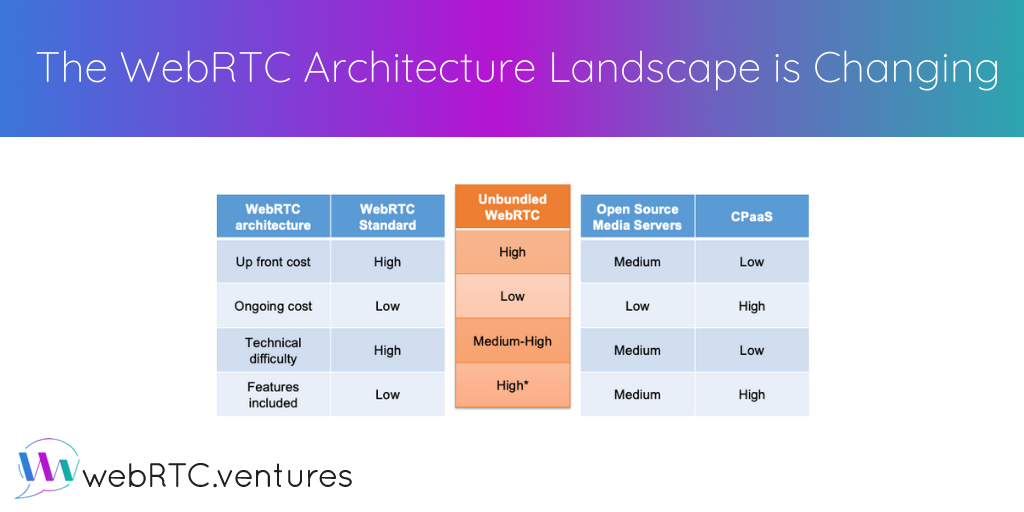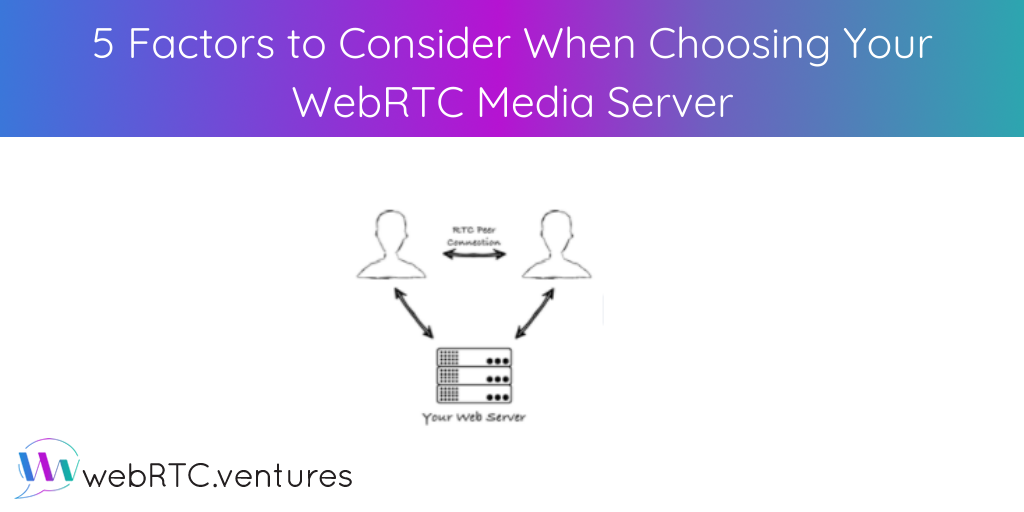
CPaaS platforms enable developers to quickly and easily integrate audio and video by leveraging WebRTC APIs built in under the hood. However, this layer of abstraction can make it difficult to make optimizations. What can you do to improve call quality and user experience in your WebRTC CPaaS application? Hamza offers some ideas and tests them with one of the more popular CPaaS platforms, the Vonage Video API.

In the past, we’ve spoken of three different types of WebRTC application architectures. There’s a new kid on the block, WebRTC Unbundling, which Arin explores here.

If you’re ready to build a WebRTC based live video application, the most important architectural decision you need to make is what media server to use. But which media server should you choose? There are so many options, and they range from tightly controlled commercial APIs to open source projects. Arin covers the five main decision points on which you should base your decision.

For our 57th episode of WebRTC Live, Arin Sime was joined by Anton Venema, CTO at LiveSwitch Inc for a deep dive into successfully scaling your WebRTC application in today’s technological landscape. They discussed the basics of scalability and media servers, optimizing for client vs. server efficiency, RTP packets and streams, bitrate management, the benefits of using a CPaaS to scale, and more. Watch it here!






